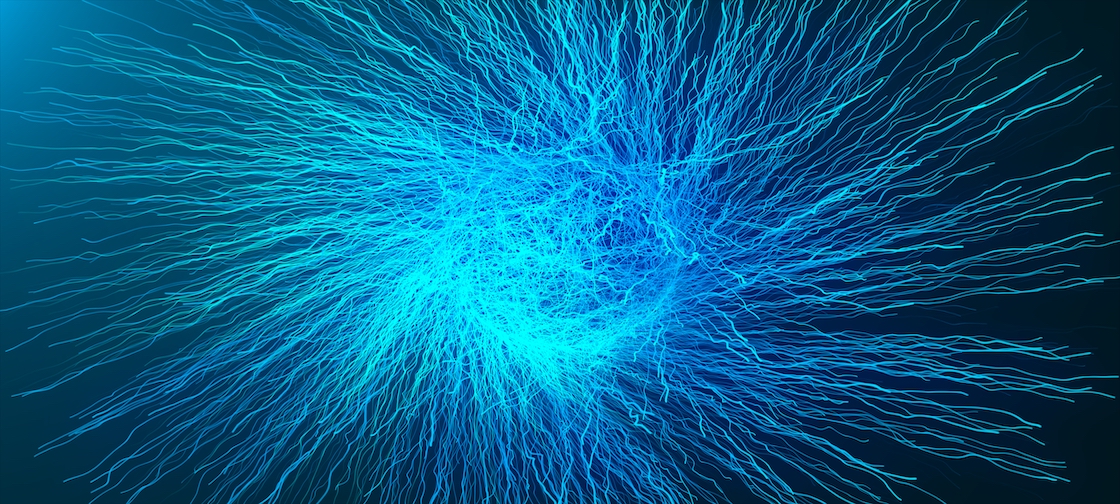The Higgs boson reached overnight fame in 2012 when it was finally discovered in a jumble of other particles generated at CERN’s Large Hadron Collider (LHC) in Geneva, Switzerland. The discovery was monumental because the Higgs boson, which had only been theorized about previously, has the special property of endowing other elementary particles with mass. It is also exceedingly rare and difficult to identify in the debris of colliding particles.
Caltech physicists played a major role in the Higgs boson discovery, a result that earned theoretical physicist Peter Higgs a share of the 2013 Nobel Prize in Physics, and now they continue to make significant findings about rare Higgs boson processes.
This summer, for the first time, particle physicists using data collected by the experiment known as the Compact Muon Solenoid (CMS) at the LHC, have found evidence that the Higgs boson decays into a pair of elementary particles called muons. The muon is a heavier version of the electron, and both muons and electrons belong to a class of particles known as fermions, as described in the widely accepted model of particles called the Standard Model. The Standard Model classifies all particles as either fermions or bosons. Generally, fermions are building blocks of all matter, and bosons are the force carriers.
Source: “Extremely Rare Higgs Boson Decay Process Spotted”, California Institute of Technology




